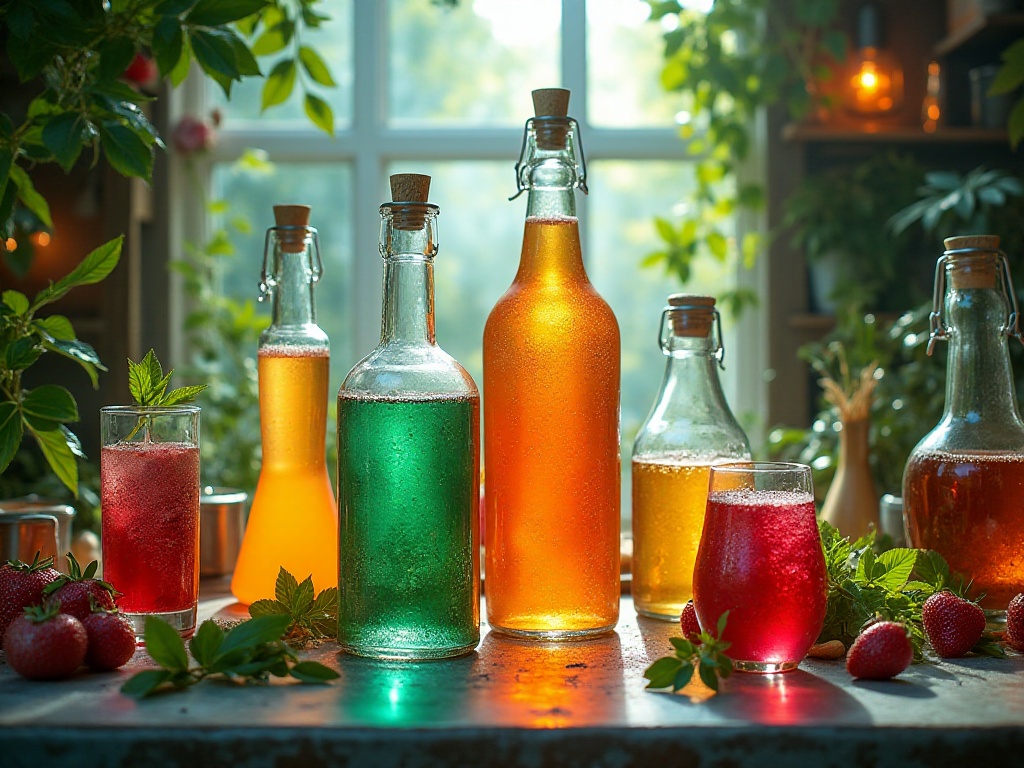Introduction
As a veteran with ten years in the bartending field, I've worked my way up from a café apprentice to a beverage development consultant. Over these ten years, I've seen too many people take detours in drink making and witnessed countless novices transform from confusion to maturity. Today, I want to share the crucial points in beverage making from my personal experience, hoping to help more friends interested in bartending avoid unnecessary mistakes.
Before we begin, I want to say that bartending isn't just a job—it's an art form. It requires not only precise recipes and skilled techniques but also a bartender's love for life and pursuit of aesthetics. Every drink tells a story and carries the bartender's understanding of life and aspirations for beauty.
The Science of Ice
When it comes to making drinks, many people's first instinct is to throw ingredients and ice cubes together and shake. But did you know that just the choice of ice can create vastly different tastes from the same recipe? In my career, I've made many mistakes due to ignorance about ice, and these mistakes helped me deeply understand the importance of ice in bartending.
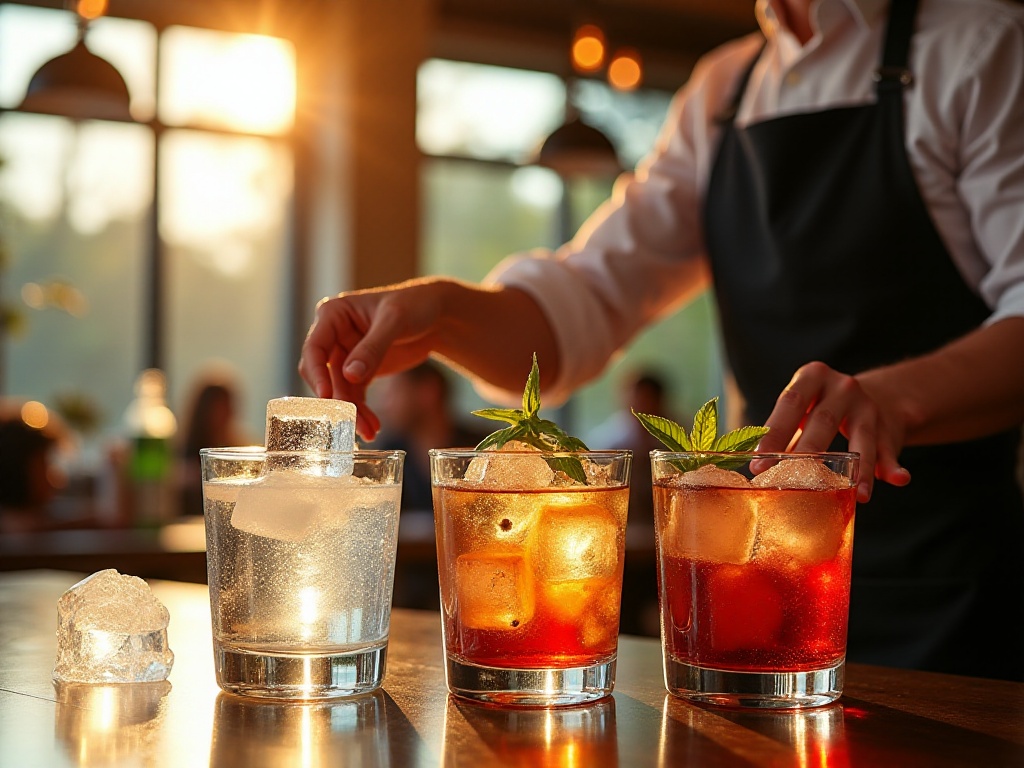
The Magic of Large Ice Cubes
I remember when I first started, an old master taught me a secret: to maintain the best quality of whiskey, you must use large ice cubes. I didn't understand at the time, until I was preparing for an important tasting event when I truly grasped this principle.
Why use large ice cubes? Because they melt slowly, maintaining the optimal temperature while not over-diluting the spirit's flavor. Let me break it down: with 100 grams of ice, a 4-centimeter cube has about 96 square centimeters of surface area, but when broken into 1-centimeter cubes, the surface area explodes to 384 square centimeters. The larger the surface area, the faster it melts, which is why whiskey with large ice cubes maintains its rich taste longer.
In my experience, whiskey with large ice cubes can maintain ideal temperature and concentration even after 30 minutes in a 25-degree room temperature environment. With crushed ice, it might become too diluted after just 15 minutes, losing the whiskey's complexity and layered characteristics.
Large ice cubes aren't just for whiskey—they're perfect for many spirits meant to be savored slowly, like brandy and gin. I recommend home bartending enthusiasts purchase professional ice molds, which can make perfect large ice cubes that are both practical and stylish.
Water quality is also a key factor in making large ice cubes. Regular tap water ice cubes may contain impurities and bubbles, affecting both aesthetics and taste. I usually use purified or mineral water for ice, and boil it before freezing to get clearer, purer ice cubes.
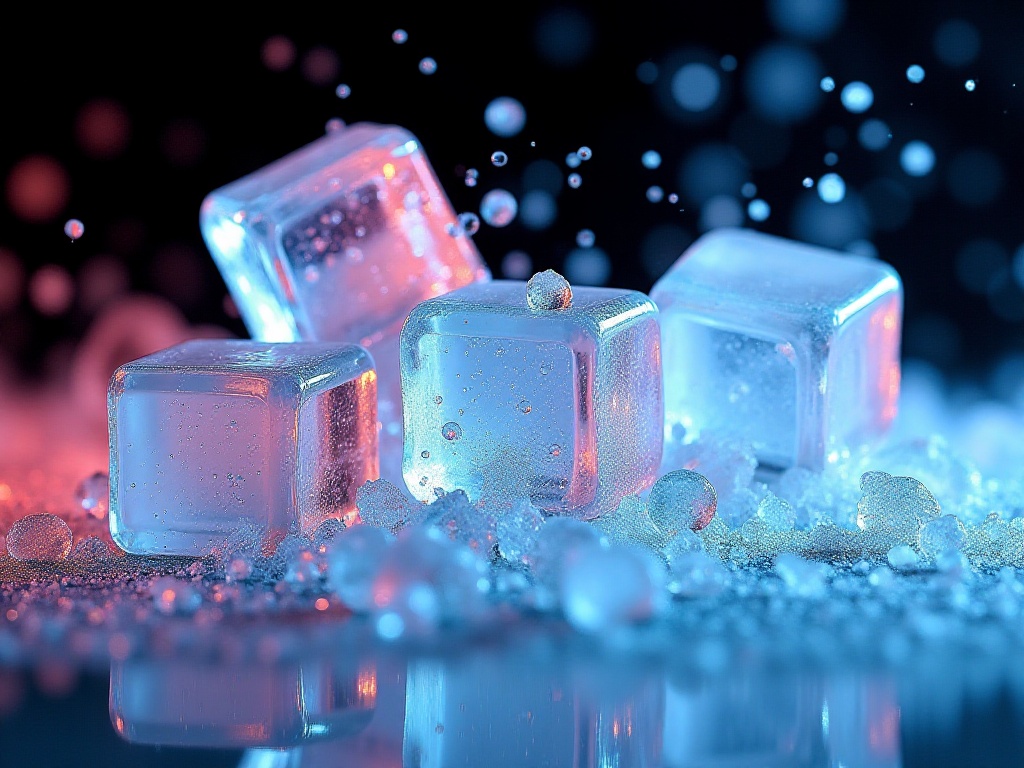
The Unique Value of Crushed Ice
After discussing large ice cubes, you might think crushed ice is always a wrong choice. That would be a big mistake. I particularly like using crushed ice when making mojitos, because refreshing drinks with mint and lime actually need some dilution to balance the alcohol's impact and create a more balanced taste.
Crushed ice plays an irreplaceable role in bartending. First, it cools quickly, which is crucial for cocktails that need rapid chilling. Second, crushed ice's quick melting releases appropriate amounts of water quickly, which is necessary for drinks that need proper dilution.
Take mojito as an example, this classic Cuban cocktail needs crushed ice. Crushed ice not only helps quickly blend the flavors of rum, mint leaves, and lime but also balances the alcohol's kick through moderate dilution, making the overall taste more refreshing and pleasant. On a hot summer day, a mojito filled with crushed ice brings incomparable refreshment.
When making crushed ice drinks, I usually use the "layering method": placing crushed ice at the bottom, pouring in the mixed base spirits, then covering with another layer of crushed ice. This not only maintains the drink's low temperature but also creates visually distinct layers. Moreover, as the top layer of crushed ice gradually melts, the drink's taste evolves over time, adding more interest to the drinking experience.
When making crushed ice, I recommend using a professional ice crusher or crushing machine. Hand-crushed ice has uneven sizes, affecting both appearance and melting consistency, impacting the overall taste. If possible, consider purchasing a small ice crusher to ensure quality and efficiency.
The Art of Development
Market Research
On the path of beverage development, I've experienced many failures. The worst was last summer when I spent a month developing a red bean matcha latte, only to discover three shops across the street were already selling similar products. This failure made me deeply realize the importance of market research.
Now before developing new products, I always spend two weeks on research: first visiting peers to see what's popular in the market; second conducting small-scale testing, collecting opinions from at least 100 consumers. Though troublesome, this increases success rates by at least 50%.
Market research isn't just about seeing what competitors are selling; more importantly, it's about understanding consumer needs. I pay special attention to these aspects:
First is taste preference. Different age groups and regions have different acceptance levels for sweetness and acidity. For example, I've found northern consumers generally accept sweeter beverages than southern consumers.
Second is price sensitivity. Through research, we can understand the target consumer group's price tolerance, which influences ingredient selection and recipe design. For example, if targeting college students, we must consider how to maintain quality while controlling costs.
Third is consumption scenarios. The same beverage may have different popularity levels in different settings. For instance, a refreshing fruit tea might be popular at sports venues but less suitable in office areas.
Finally, seasonal factors. Beverage popularity often changes with seasons. I start developing next season's products half a season ahead to ensure timely launch of seasonally appropriate new products.
Recipe Refinement
Recipe development is both science and art. My current workflow is: first determine the drink's core selling point, whether it's refreshing cooling or warm comfort; then select main ingredients, precise to the gram; finally find the best ratio through repeated testing.
Taking the cheese jasmine tea I developed last year as an example, I tested the cheese foam recipe 27 times. Finally discovered that a 3:7 ratio of cream cheese to heavy cream maintains a creamy texture without being too rich. This process taught me that seemingly simple recipes hide countless trials and failures.
In recipe development, I particularly focus on these steps:
First is ingredient selection. Quality ingredients are fundamental to good beverages. With tea drinks, for example, the same variety from different origins and grades can taste very different. I repeatedly compare ingredients from multiple suppliers to find the most suitable one.
Second is proportion control. Mixing drinks is like composing music—every component must be just right. For example, in fruit tea, too much juice masks the tea's aroma, too little makes it bland. Finding the perfect ratio requires experience and patience.
Third is taste layering. A good drink should have three taste layers, like a beautiful symphony. Take my cheese jasmine tea as an example: first sip is creamy foam, followed by elegant jasmine aroma, ending with subtle tea notes, distinct yet harmonious layers.
Finally, stability considerations. Recipes must not only taste good but be suitable for mass production. I consider ingredient shelf life, production process complexity, finished product shelf life, and other factors to ensure recipe feasibility in actual operations.
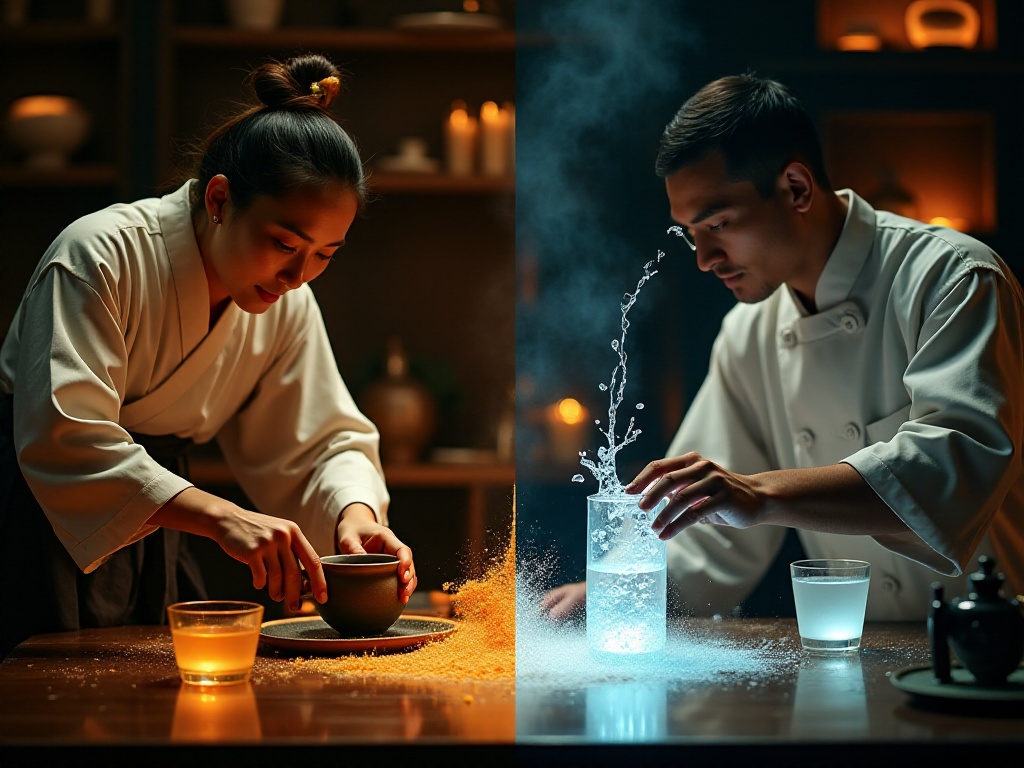
Production Process
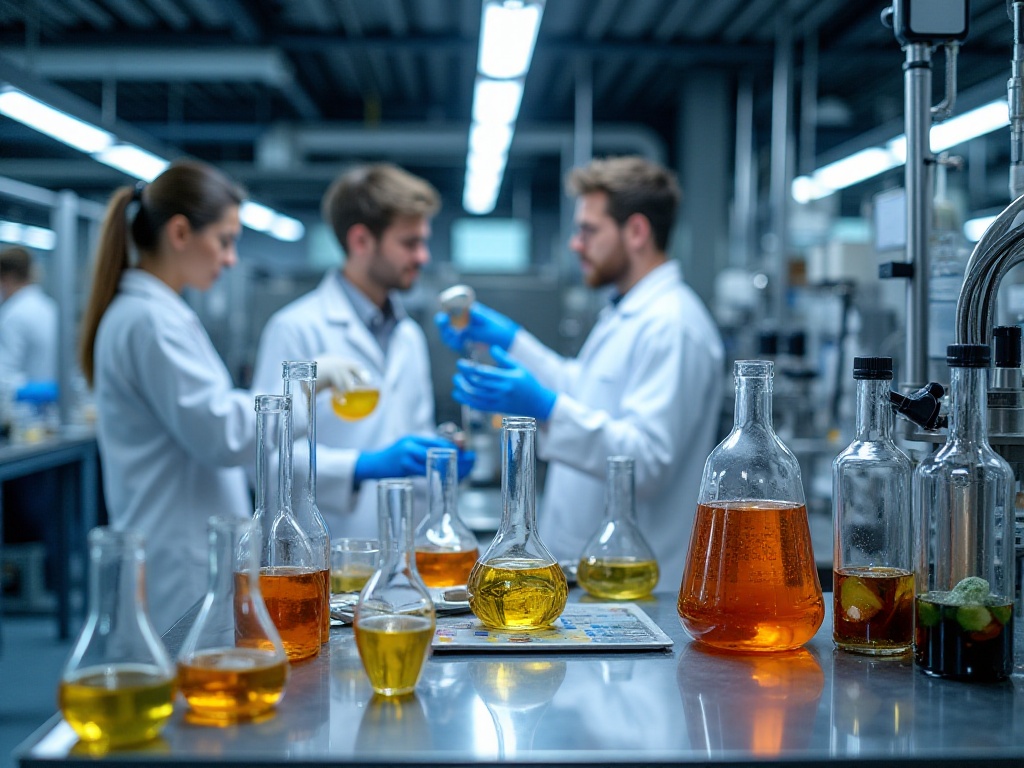
Quality Control Points
In actual production, quality control is paramount. I suggest controlling from three dimensions: temperature control, process standards, and hygiene standards. These seemingly basic elements actually determine whether a beverage can maintain consistent quality.
Regarding temperature control, each ingredient has its optimal usage temperature. For example, hand-shaken tea's water temperature should be controlled at 85 degrees to maximize tea leaf aroma. Cold brew coffee needs 12-24 hours extraction at 2-4 degrees for optimal flavor. I recommend equipping production areas with professional thermometers to ensure precise temperature control at every step.
Process standardization is key to ensuring consistent quality. Taking milk foam as an example, 30 seconds difference in whipping time creates noticeable texture differences. I create detailed operation manuals for each process, including ingredient amounts, operation times, and tool usage methods. After training, even novices can produce consistently quality products following standard procedures.
Hygiene standards are the most basic and important step. I recommend establishing a three-level cleaning system: first level is daily tool cleaning, washing immediately after use; second level is deep cleaning, thoroughly washing all equipment after daily operations; third level is periodic sterilization, using professional disinfectants on all utensils weekly.
In quality control, I particularly focus on these details:
Ingredient storage conditions must be strictly controlled. Different ingredients have different storage requirements, like fresh milk must be kept at 2-4 degrees, tea leaves need light-proof sealed storage. I equip different storage facilities for different ingredient types and regularly check storage conditions.
Finished product shelf life must be strictly controlled. Even completed beverages have optimal drinking times. For example, cheese foam tea tastes best within 2 hours after making, beyond which the foam texture changes. Therefore, I suggest marking production time on cups to remind customers to enjoy within optimal time.
Quality checks should be routine. I regularly sample-test products, including taste tests and hygiene checks. Also important is collecting customer feedback to promptly identify and resolve issues.
Final Words
Making beverages seems simple but is actually a craft requiring continuous accumulation. Have you noticed how many trending beverage shops start busy but soon become empty? It's because they only focus on surface work, neglecting these basic but crucial elements.
In my ten years in this industry, I deeply feel that making good beverages requires not only solid skills but also love and persistence for this industry. Every detail deserves attention because these details' accumulation ultimately determines a shop's success or failure.
If you also want to make your mark in the beverage industry, start with these basics. Remember, a good drink must satisfy not only taste buds but also customers willing to pay for quality. Only through continuous learning and skill improvement can you establish yourself in this competitive industry.
Finally, I want to say that bartending isn't just a job—it's a life attitude. It teaches us patience, focus, and pursuit of perfection. Every drink is a small artwork carrying the bartender's pursuit of a beautiful life.
Do you find these insights helpful? Welcome to tell me in the comments what details of beverage making you'd most like to learn about, and we'll discuss more next time.





